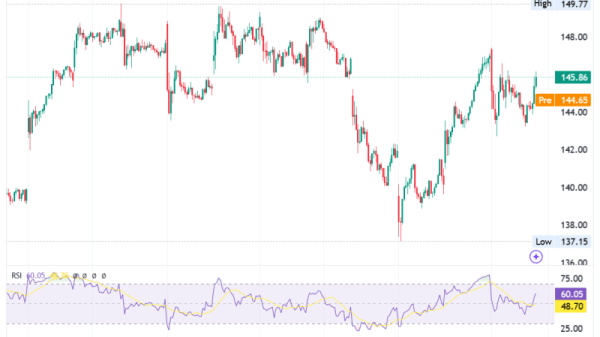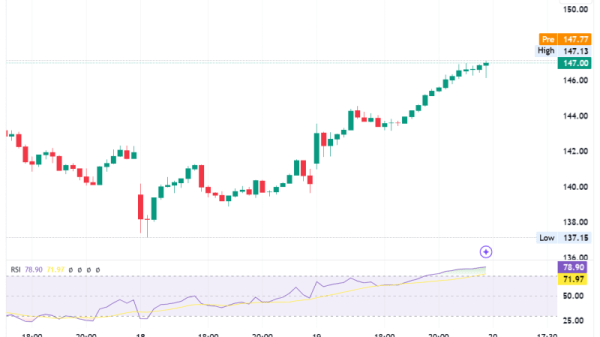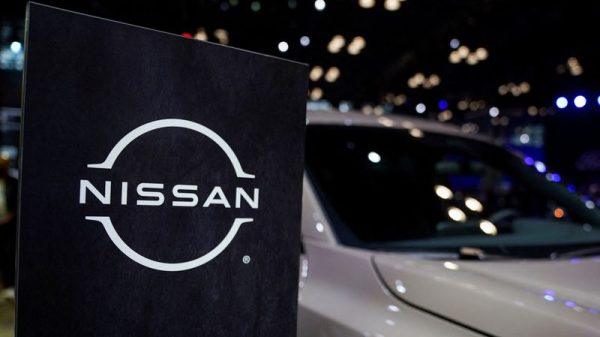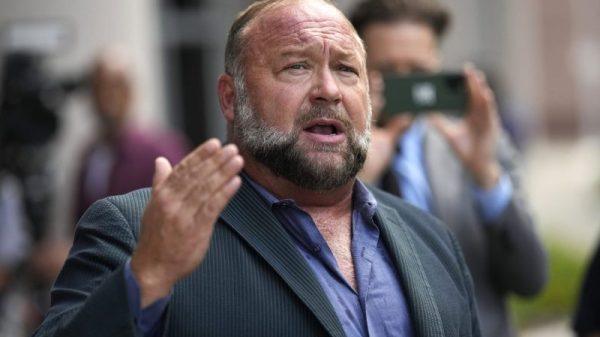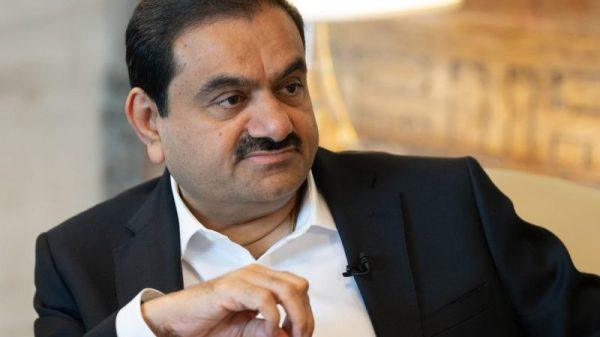By Mike Dolan
LONDON (Reuters) – It may just be the turn of currency markets to play ‘bad cop’ to the incoming U.S. administration’s proposed tariff hikes – sideswiping its trade threats by catapulting the dollar higher.
In recent decades, market protests have usually involved so-called bond vigilantes, creditors demanding sky-high lending rates in response to ill-advised government budgets and making the plans unaffordable in the process.
But as Donald Trump’s protectionist trade proposals – including a universal 10% import tariff and 60% charge on goods from China – now loom large, it’s the foreign exchange markets that appear to be taking up the cudgels.
Much to the chagrin of the President-elect and his advisers, the dollar is already surging to two-year highs against currencies of America’s main trading rivals, offsetting the very competitiveness Trump’s tariff plans aim to protect.
A rising dollar helps restore the pricing power of overseas exporters selling into the United States, by flattering sales priced in their own currencies – allowing them to keep dollar prices down and retain market share despite the surcharges.
The euro’s near 7% drop in less than two months has partly offset the pain of a 10% charge that hasn’t even been implemented yet. The Chinese yuan‘s 4% weakening over the same period is more modest given the draconian tariffs proposed against Beijing – but the direction of travel is also clear.
CIRCULAR LOGIC
Market arguments for strengthening the dollar hinge on the idea that Trump tariffs – when combined with stimulative U.S. tax cuts and deportation of immigrant workers – will depress confidence in overseas economies hit, while U.S. demand gets a boost and still-high inflation is aggravated.
And in that scenario, the Federal Reserve might not cut its policy rates much further from here while other central banks are forced to step on the easing accelerator.
This has two main impacts – it underscores a long-running trend toward U.S. ‘exceptionalism’ as the destination of choice for global investors and it potentially balloons the already wide interest rate gap in favor of holding dollars.
Deutsche Bank (ETR:DBKGn), for example, thinks Fed rates will now not get below 4% in this cycle while European Central Bank rates will fall as low as 1.5%. That would leave an eventual gap of 250 basis points between the two policy rates compared to current market pricing for a peak of 180bp.
And if the eventual tax-and-tariffs policy mix is more aggressive, it sees the euro/dollar exchange rate plunging below parity – more than 5% below current levels. China, the German bank reckons, will also allow the yuan to gradually weaken in that scenario.
The whole conundrum partly explains why some Trump advisers appear keen to put political pressure on the Fed to adopt an easier monetary stance, even though Treasury Secretary nominee Scott Bessent has backed away from campaign comments about undermining the central bank with a “shadow” Fed boss.
But with Fed resistance likely to be stiff, the dollar is sticking with its script.
$20 TRILLION INVESTMENT FLOOD
While textbooks suggest yawning U.S. trade gaps should drag on a dollar already some 10%-20% overvalued, these deficits have been overwhelmed in recent years by the torrent of overseas investment heading to U.S. assets on the country’s exceptional economic and megacap business performance.
And following Trump’s election, global investors appear even more convinced that U.S. financial assets are the only game in town right now – merely catalyzing further dollar gains.
America’s net international investment position – essentially net foreign ownership of U.S. assets – expanded by more than $20 trillion over the past 20 years to some $22.5 trillion by the middle of this year.
Just for context, that investment deficit is now almost three quarters of America’s entire annual GDP and muffles the annual trillion dollar trade gap.
There well may be a reckoning ahead given these dramatic numbers and frothy valuations. But currency markets have a habit of pushing to extremes until met with a change of tack.
Rather than lance the boil, higher tariffs may just exaggerate the problem. Apart from being a ploy to secure other concessions, they may not even be worth the trouble.
The opinions expressed here are those of the author, a columnist for Reuters

